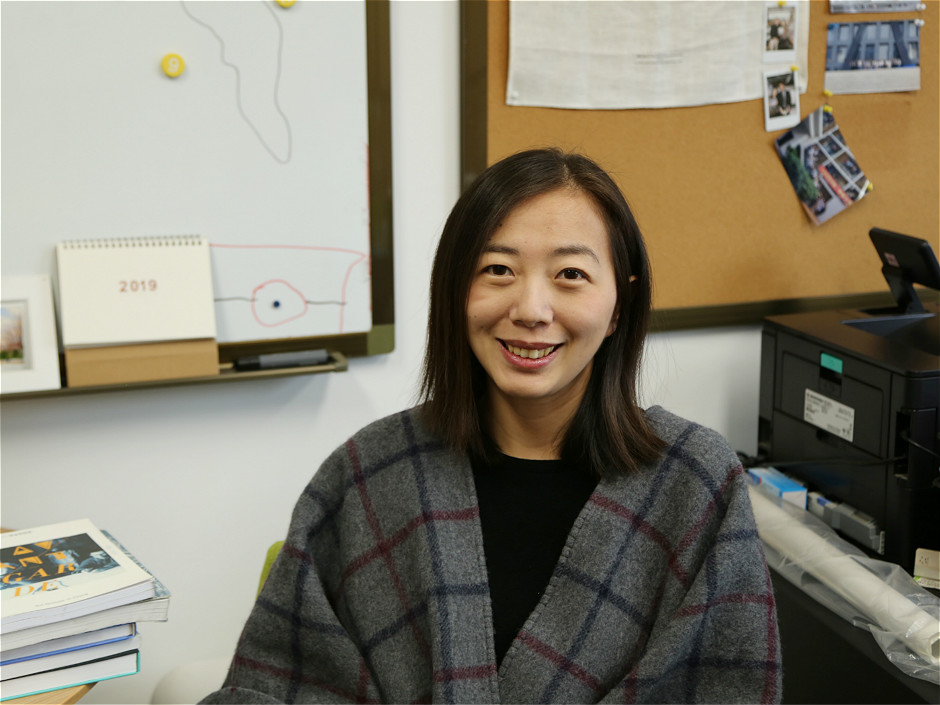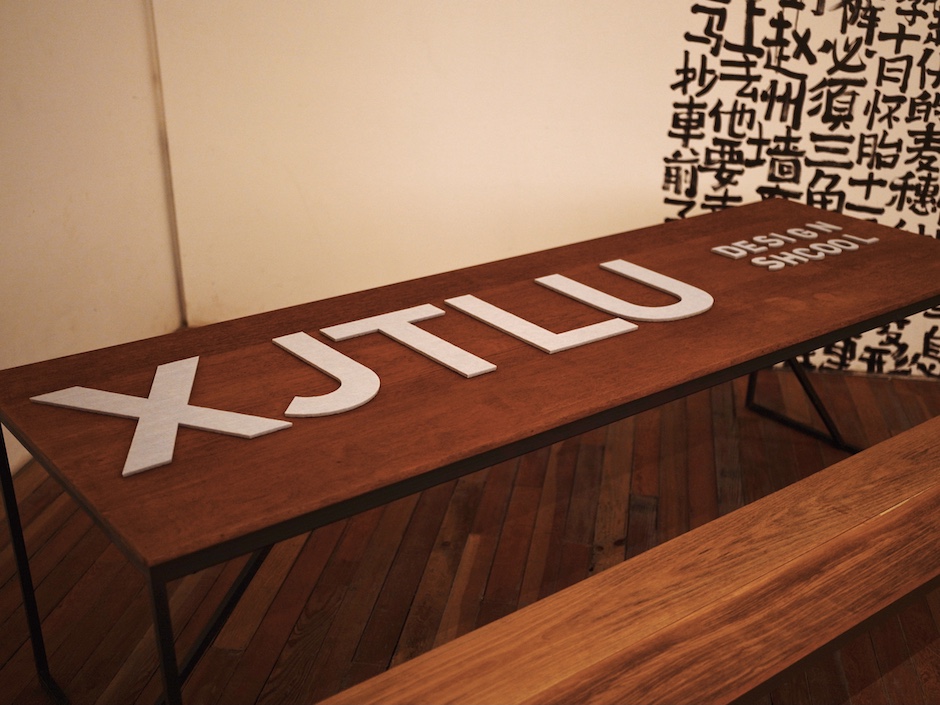02 Nov 2021
Dr Jiawen Han, of the Department of Architecture at Xi’an Jiaotong-Liverpool University's Design School, has devoted herself to researching the role of modern Chinese architects in today’s globalised society.
In 2019, she secured funding from the Foundation of Humanities and Social Sciences for Young Scholars under the Ministry of Education of China to do just that. Two years later, we caught up with her to learn more about her current research.

Dr Han with her research assistant. Photo by Li Puli
In Dr Han’s most recent research paper, published in 2020, she investigates contemporary Chinese architects’ individual values and professional autonomy in their careers.
“For my research, I conducted interviews with architects from organisations such as design institutes, local and multinational design companies, and small independent practices. I found it interesting that some of them have the experience of moving into and out of – and moving back into – various types of work environments,” Dr Han says.
Changing times
Through her research, Dr Han found that the career trajectories of Chinese architects are not as simple as some may think, especially without knowledge of the cultural context.
In China, architecture had historically been controlled by a system of collective design institutes, with individual architects’ renown limited to the display of a small portrait beside the collection of their works, explains Dr Han.
“In the western world, everyone can have a small, independent firm consisting of themselves and maybe a handful of others, but in China, it’s more complicated,” she says.

Dr Han interviewing local architect Dong Chen. Photo by Li Puli
Since 2010, the shrinkage and reorganisation of the profession and the market have given some unique opportunities for individual practices, she says.
“Smaller independent design agencies are more flexible in running their businesses, and their emergence posed a challenge to large design institutes,” says Dr Han. “However, in the Chinese market, design institutes are still considered the most trustworthy in undertaking large-scale design projects.”
Besides flexibility and perceived trustworthiness, there are a large number of differences between large design institutes and smaller independent firms. For one, the work culture at a design institute is more collectivist in nature, whereas smaller firms are more individualistic.
Changing roles
Through her research, she has found that there’s still much crossover between these two worlds. “Within the complicated formal organisation of design institutes, hidden and informal networks exist that crisscross amongst different design institutes. In these networks, architects complete short-term projects in informal partnerships without leaving their formal working place,” she says.
And this landscape may just grow in complexity in future: “It seems design institutes in China are moving with the times and starting to provide more creative space for their architects,” Dr Han says.
“This could open opportunities for more modes of working – whether it is possible to see the future design institute as network platforms where people can cooperate or work independently.”
Dr Han’s research paper, published in Xin Jianzhu (New Architecture), can be found here (Chinese).
In addition to her research on these complex careers, Dr Han also has a few other papers that are pending publication. One, she explains, is a textual analysis and comparison of the English-language media and Chinese-language media, and how they differ in their discussions of public space in China.
By Ke Tang
Edited by Patricia Pieterse

Image by Lorenzo Cafaro, Pixabay
02 Nov 2021
RELATED NEWS

XJTLU scholar secures funding to study Chinese architects’ role resetting
Increased exchange between Chinese and Western architects has led to the influence of Western values on Chinese architects, who are now reconsidering and cha...
Learn more

Jiawen Han discusses her new book on contemporary Chinese architecture
Dr Jiawen Han of the Department of Architecture at Xi’an Jiaotong-Liverpool University has authored a book entitled China’s Architecture in a Globalizing Wor...
Learn more

XJTLU Design School takes Degree Show off campus for the first time
The Xi’an Jiaotong-Liverpool University’s Design School has taken its Degree Show showcasing students’ final-year projects off campus to reach a broader audi...
Learn more







